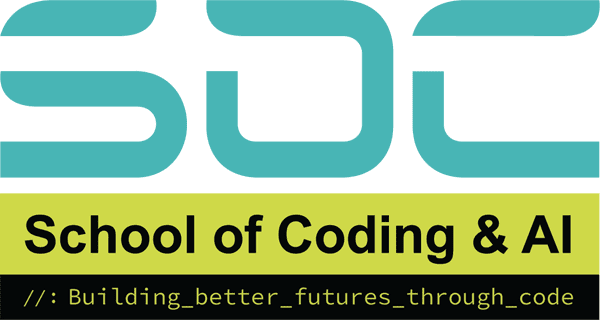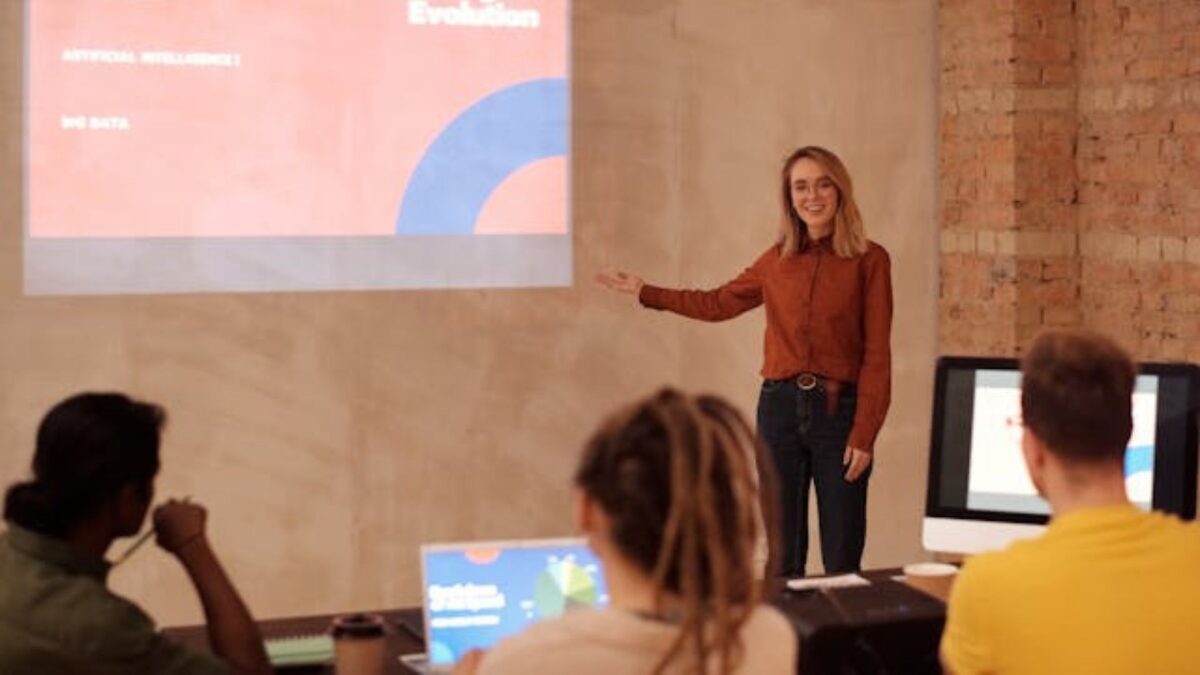Starting a business is an exciting yet tough endeavour. With the appropriate plan, you can transform your idea into a successful firm. But where do you start? Many potential entrepreneurs struggle to find capital, form a good team, and validate their business idea. This guide will coach you through every critical stage to launching a successful startup. Whether you are a first-time founder or want to improve your process, these actionable tips can help you succeed.
How to Start a Successful Startup: A Step-by-Step Guide to Launching & Scaling Your Business
Step 1: Find a Profitable Idea
Every successful startup begins with an excellent idea. But how do you tell whether your idea is viable? Here’s how to assess its potential:
- Identify the problem: The best ideas address real-world concerns. Look for market gaps or inefficiencies that can be addressed.
- Validate Your Ideas: To determine demand, do market research, surveys, and interviews with potential customers.
- Check for competition: A little competition is a good thing; it implies there is a market for your idea. However, examine your competition to identify gaps that you can exploit.
Step 2: Create a business plan
A great business plan is the road map to success. It should contain:
- Executive Summary: A concise summary of your startup’s vision, mission, and objectives.
- Market Analysis: Who is your target audience? What are the current market trends?
- Business model: How will you create revenue? Consider subscriptions, one-time sales, and advertising money.
- Marketing Strategy: How are you going to acquire and keep customers?
- Financial plan: Estimate your startup’s expenses, revenue streams, and capital needs.
Step 3: Secure funding
Funding is sometimes a significant barrier for entrepreneurs. Here are some financial possibilities to consider:
- Bootstrapping: This is the process of growing your firm from your funds or revenue.
- Angel investors: These are wealthy individuals who contribute funds in exchange for stock.
- Venture capital: The businesses invest in high-growth enterprises.
- Crowdfunding: Platforms such as Kickstarter allow you to raise money from the general public.
- Government grants and loans: Many governments provide financial assistance to start-ups.
Also Read – Reasons Why Startups Fail?
Step 4: Build a Strong Team
A successful startup requires a great team. Here’s how to assemble the right people:
- Define Key Roles: Identify essential roles such as CEO, CTO, marketing lead, and sales manager.
- Hire for Skills & Culture: Look for individuals who align with your startup’s mission and values.
- Offer Equity: If you’re short on cash, offering equity can attract top talent.
- Outsource When Needed: Freelancers and agencies can help with tasks like marketing, design, and development.
Step 5: Develop Your Minimum Viable Product (MVP)
An MVP allows you to test your idea with minimal investment. Follow these steps:
- Identify Core Features: Focus on essential features that solve the primary problem.
- Build a Prototype: Develop a basic version of your product.
- Test & Iterate: Gather user feedback and refine your product accordingly.
Step 6: Market Your Startup Effectively
Marketing is crucial for customer acquisition and brand awareness. Use these strategies:
- Content Marketing: Create valuable blog posts, videos, and guides to attract potential customers.
- Social Media Marketing: Engage with your audience on platforms like LinkedIn, Twitter, and Instagram.
- SEO & Paid Advertising: Optimise your website for search engines and use Google Ads or Facebook Ads for visibility.
- Email Marketing: Build an email list and send regular updates to nurture leads.
Step 7: Scale & Grow Your Business
Once your startup gains traction, focus on scaling efficiently:
- Automate Processes: Use tools to streamline operations and reduce manual work.
- Expand Your Team: Hire more employees to support growth.
- Explore New Markets: Consider expanding to new geographical locations or target audiences.
- Seek Strategic Partnerships: Collaborate with other businesses to reach a larger audience.
Conclusion
Starting a successful startup requires careful planning, execution, and perseverance. By following these step-by-step guidelines, you can increase your chances of building a thriving business. The key is to start small, test your ideas, learn from feedback, and scale smartly. If you’re passionate about entrepreneurship, now is the best time to take action!
Frequently Asked Questions
Yes, it is frequently reported that approximately 90% of companies fail, and while the exact proportion may vary by industry and geography, the statistic bears significant truth. Poor market research, a lack of product-market fit, cash flow issues, inadequate business models, and ineffective leadership are common reasons for the high failure rate.
However, this figure should not discourage ambitious entrepreneurs. Instead, it should be interpreted as a call to strategic planning and constant learning. Startups that succeed frequently do so because they validate their ideas early on, listen to their consumers, manage their funds effectively, and establish strong networks of support and mentorship. At the School of Coding & AI, we help budding entrepreneurs understand these crucial factors to increase their chances of success.
It varies, but most startups take 6-12 months to launch and several years to achieve significant success.
While not mandatory, a co-founder can provide complementary skills and share responsibilities.
The major pitfalls are failing to skip market research, underestimating costs, and lacking a clear business model.
Create a compelling pitch, demonstrate traction, and build a strong network in the startup ecosystem.
Focus on your unique value proposition and continuously innovate to stay ahead.
Yes, many successful firms began with little to no cash. While finance can undoubtedly help expedite expansion, a lack of funds does not imply a lack of opportunities. What’s more crucial in the early phases is having a good idea, a clear value offer, and the patience to build slowly.
Here are various strategies to establish a startup with little or no funding:
- Use free tools and platforms for website creation, project management, and marketing.
- Begin with a Minimum Viable Product (MVP) to test your idea without making a significant investment.
- Apply for grants, incubators, and startup accelerators; many exist in the UK to help new enterprises.
- Consider bootstrapping through freelance work, side jobs, or reinvesting early profits.
Once you’ve proven your idea, seek out angel investors or crowdfunding services.
At the School of Coding & AI, we also offer entrepreneurship courses and programs to teach you how to efficiently bootstrap your business and access funding options.
Yes, you can launch a startup as a sole proprietor, and many entrepreneurs have done so successfully. Starting alone allows you to retain complete creative control and ownership. However, it presents its own set of responsibilities, such as overseeing all elements of the firm, from product development to marketing to customer service.
However, no founder can build a company entirely alone. Even single entrepreneurs must establish a strong network of mentors, advisors, freelancers, and collaborators. In reality, proactive networking can help fill talent gaps and lead to collaborations and funding.
- When working alone, prioritise time management and delegate tasks whenever possible.
- Use automation techniques and artificial intelligence (AI) to automate monotonous tasks.
- Maintain connections to founder communities, both online and offline.
At the School of Coding & AI, we offer coaching and digital skills training to help solo entrepreneurs remain competitive and motivated.
In the United Kingdom, almost anyone with a strong company idea can launch a startup; there are no explicit age or background requirements. Whether you’re a student, a graduate, a tech enthusiast, or an experienced professional, you can start your entrepreneurial adventure.
Here’s a breakdown of what’s typically needed:
- A business plan that outlines your concept, objectives, market research, and strategy.
- If you want to start a limited business, you must register with Companies House.
- Compliance with legal requirements such as business insurance, tax registration, and industry-specific rules.
Non-UK residents may be eligible for the UK Innovator Founder visa or Start-up visa (which are no longer available to new applicants but have been replaced by newer options).
There is also significant government and private-sector help available, including Startup Loans, Innovate UK grants, and incubator hubs across the country.
At the School of Coding & AI, we assist ambitious founders by providing advice on UK startup eligibility, legal setup, and access to tools that help with the launch process.












